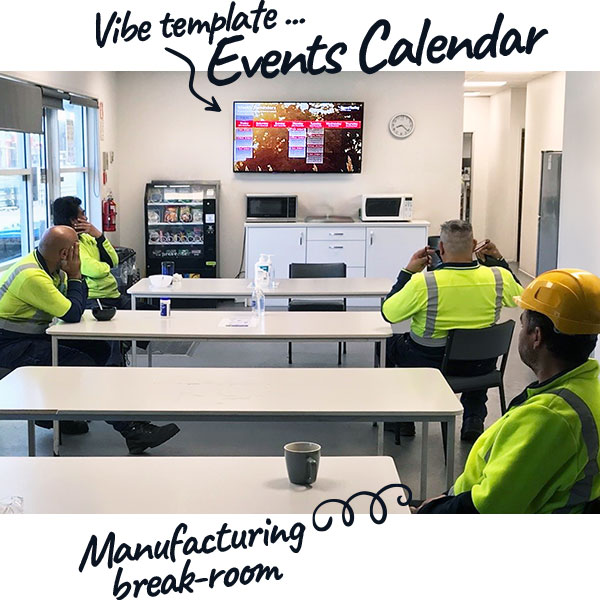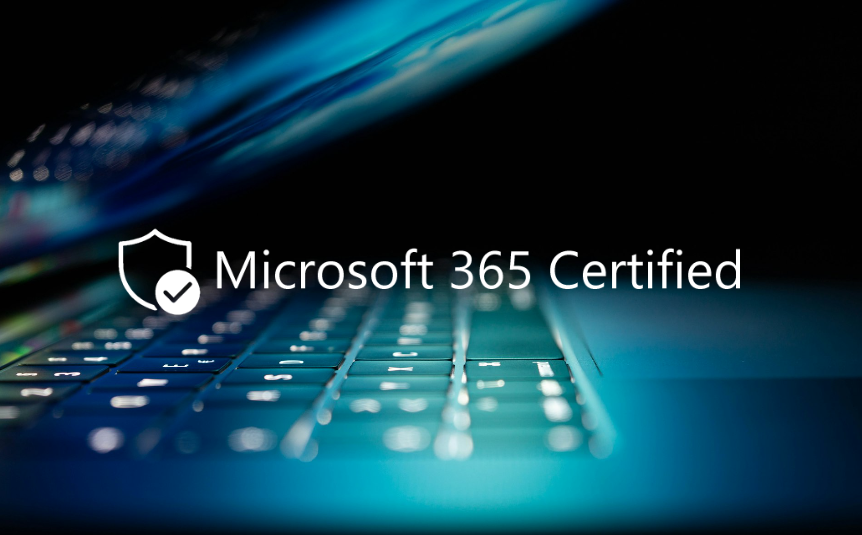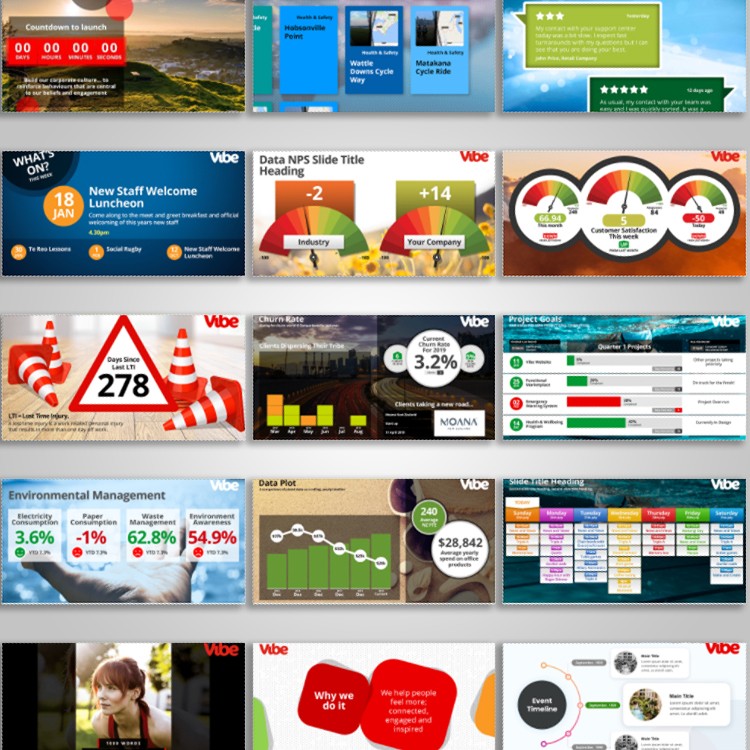So you've done your research on your internal communication tools. Now you need to show how it’ll add value to the organisation by building a business case. This article guides you through each component of a business case to help you convince the leadership team and get you the tools you need!
Why do manufacturing organisations need internal communications?
To kick off, let’s outline why internal communication is essential for manufacturing firms. Poor communication creates production, quality, and personnel problems - internal communication channels such as digital signage screens, corporate screensavers, intranet and more, can mitigate these issues. Here’s a list of compelling reasons why manufacturers need internal communications:
- Keeps production efficient. Production can go smoothly if everyone has clear, frequent communication
- Reduces risks in the workplace. Communicating health and safety messages is not only a good way to avoid slips, trips and spills, but it’s often also a legislative requirement.
- Builds a strong company culture. Dissolve the barrier between management and employees and create a more transparent workplace. This is important because communications in manufacturing is traditionally inconsistent between management and staff.
- Keeps people engaged. In a climate where manufacturers across the world are struggling with labour shortages and employee retention challenges, internal communications plays an important role in engaging the workforce, which can reduce the risks of absenteeism, poor production rates, injuries at work and so much more.
- Creates a channel for feedback. Creating a channel for feedback (and acting on the feedback) can minimise production challenges, reduce injuries, boost manufacturing employee engagement and more.
- Gives direction and focus. Communicating your manufacturing organisation’s business goals and objectives keeps everyone in the workforce working towards the same goal. This means greater clarity on deliverables, improved customer satisfaction and much more.
- Promotes and encourages employee wellbeing. Globally, low employee wellbeing costs $322 billion in turnover and lost productivity. Communicating wellbeing benefits can reduce voluntary employee turnover, improve employee belonging and help staff thrive.

How to build a case for greater investment in internal communications tools
Internal communications teams have traditionally struggled with limited budget and resources. But things are changing thanks to the growing recognition of the critical role that effective communication plays in enhancing people performance, engagement and retention.
You hopefully now have a greater opportunity to secure more resources to implement more ambitious internal communication goals. But in this climate of “do more with less”, budgets are highly scrutinised. Here’s your guide to demonstrating clear value for internal communication tools and get you that green light for funding.
Understand your mandate
In simple terms, what is it that you were hired to do? A formal statement of your function is essential to building a business case. Develop your mandate by asking what success in your role means for the business. These should be big picture goals of the function. Knowing the company’s long-term view and how your role fits in it will focus your goals and help you understand the kind of support you can expect.
Define your goals
Define your organisational objectives and assess how a new internal communication tool will help achieve this. Create a list of goals, ranging from short to long term. For each, be clear on what success would look like. You can expand each goal with more details on campaigns and tactics. Just remember to align your goals to your mandate and be clear on how it supports your organisation.
To make it more persuasive, rank the objectives by importance, so your business case addresses issues and concerns that resonate most with senior management.
Identify key stakeholders and decision makers
For internal communications, key stakeholders and decision makers are typically your department lead, the IT department, H&S, HR, and the CEO. Figure out what drives each stakeholder, what their concerns are and how your proposal can support them.
Benchmark against the rest of the industry
Understanding how your internal communication budget compare to other companies can show how your manufacturing business stacks up against world-class organisations.
Gallagher’s 2023 State of the Sector report showed that for internal communications, medium sized businesses spent up to US$124,000 in America, $69,373 in the UK and $118,000 elsewhere globally. Shockingly, 25% of their respondents reported that they didn’t have a dedicated budget for internal communications in their organisation. On average, these medium sized firms have 2.8 dedicated internal communicators.
Communicate the benefits
Before you present your chosen internal communication solution, help your key stakeholders understand the benefits of it. Make sure you can
address these questions:
- What need will this software address?
- What does success look like?
- How will you measure and demonstrate success?
- What key challenge will this tool help solve?
- How much time and resources does this tool require?
- Who will be the main users or administrators?

Before you jump into sharing the exciting features, take some time to communicate the benefits.
Show sample results
As part of your research, use case studies to present real-world examples of your chosen internal communications software in action and how other companies have benefitted from it. You should also run a Proof of Concept (PoC) to prove the business case and show first-hand how the tool will achieve your goals and objectives.
Demonstrate savings
You’ll want to put an approximate dollar value to savings. You can calculate the ROI by determining how many hours a day (or week) the original work took and multiply it by the hourly rate to get the savings per week (or per year).
Let’s say you’re looking to replace your existing digital signage solution with Vibe because it can reduce the number of hours your team spends creating content. Assume that it originally took one employee 8 hours a week to create content at $30 per hour, that’s $240 per week or $12480 per year. With Vibe, you estimate that it’ll take 2 hours a week at $30 per hour. That’s $60 per week or $3120 per year. This means that going with Vibe will save you $9360 yearly.
Build your business case
Your business case should answer all the above questions. It should also include the following:
- Executive summary. Clearly outline the business problem
- Risk assessment. Summarise your current state and the consequences of maintaining this status quo
- Time and resources required. Don’t forget to factor in training time and support options
- Any supporting material. This can include comparison charts, case studies and reviews
- Implementation timeframe. Give stakeholders and idea of how long it’ll take to get you and the team up and running and how soon they can expect to see ROI
Get help with your company’s internal communications challenges
Effective communication can boost productivity and set your manufacturing organisation up for success. Digital signage screens are often the communication channel of choice for manufacturers because of its ability to convey essential messages and keep it front of mind in a non-intrusive way. Reach out to our expert team for help today.



